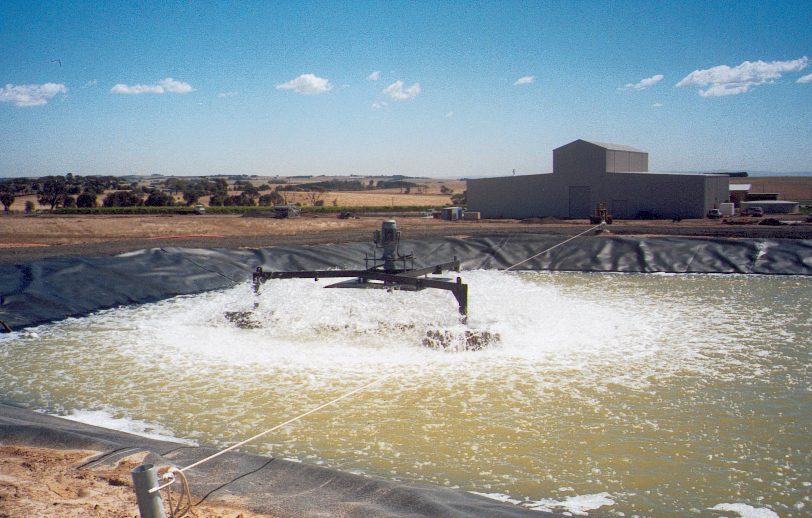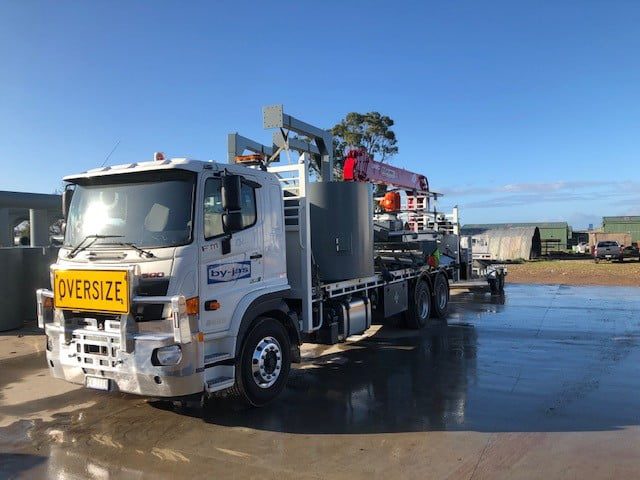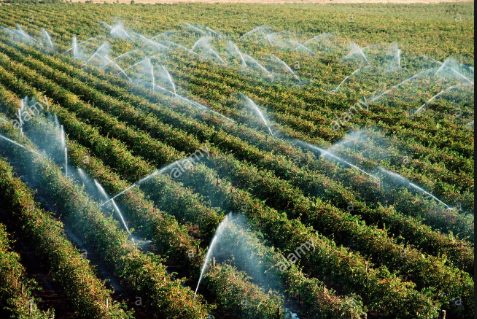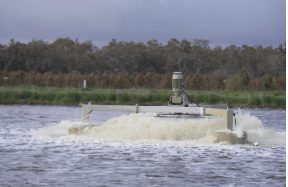What are wastewater aerators?
When you have a sewage or septic tank system in your home, you want a wastewater system that offers consistent quality and is highly efficient. This means that you process more wastewater, saving space in a septic tank and producing a higher standard of greywater.
To achieve this, wastewater aerators can be an excellent investment. In this article, we discuss what wastewater aerators are and what they do to help you with your wastewater issues.
What is a wastewater aerator?
A wastewater aerator is a device that supports your septic tank in the “aeration” process. An aerator is a device that circulates air and oxygen through a wastewater system, ensuring that there is an optimal amount of oxygen. Having more oxygen in a septic tank or sewage treatment plant speeds up the sewage processing and helps you to filter through all of your wastewater much more quickly than you would otherwise.How does the aeration process work?
The aeration process starts by introducing air to the slurry of waste that you find in a septic tank. The air reaches microorganisms, which digest waste at a faster rate when there is air in the system. This forms the byproducts of carbon dioxide and water, which are less dangerous to other organic life than raw sewage. Without aeration, the tank goes through the septic process, in which waste decays far more slowly and leads to pollutants such as methane and hydrogen sulphide. Aeration enables the bacteria in the slurry to do this job and create far more healthy byproducts than a septic tank or sewage treatment system that is allowed to degrade alone.Types of aerators
There are several different types of aerators that systems use, including: • Diffused bubble aerators: These aerators use strings of bubbles that flow through the tank, carry harmful gases away and enabling the microorganisms to feast on the surrounding wastewater. • Spray aerators: Spray aerators use a large hose that disperses a fine spray across a large area. As the spray lands, it creates bubbles in the water, introducing many small pockets of air across a wide area. • Packed tower aerators: Packed tower aerators are large tower-based structures with several layers throughout. Air vents through the tower, rising up through the sewage and leaving air pockets in its wake. This is an efficient way of aerating large volumes of liquid. When choosing an aeration method, consider the volume and type of wastewater you work with. Starting with the right aerators puts you on the path to success in your sewage treatment.Try By Jas
If you’re looking for wastewater aerators, get in touch with the By Jas team today. By Jas specialises in sewage and wastewater treatment. Visit us at www.byjas.com. or contact us on (03) 5979 1096. We have been in the industry for 35 years and are a family-owned company that cares for our community. We service across Australia, regional town centres, remote regional areas, and main capital cities.SHARE:
What you can read next

Waste water treatment for Wineries
Wineries across Australia are producing record ...

Specialising in the Winery Industry
We cater to the winery industry in order to red...

Irrigation efficiency for Wineries
As we know wineries produce wastewater from the...

What is Involved in the Process of Winery Wastewater Treatment?
Winery wastewater is generated from the winery’s...

Want to remove waste water efficiently
Are you looking for a cheaper and more environmen...

Why Choosing a Wastewater Equipment Manufacturer Provides a Better Option?
Why Choosing a Wastewater Equipment Manufact...

Why Are Bacteria Used in Sewage Treatment?
Wastewater treatment is society’s way of giving...




